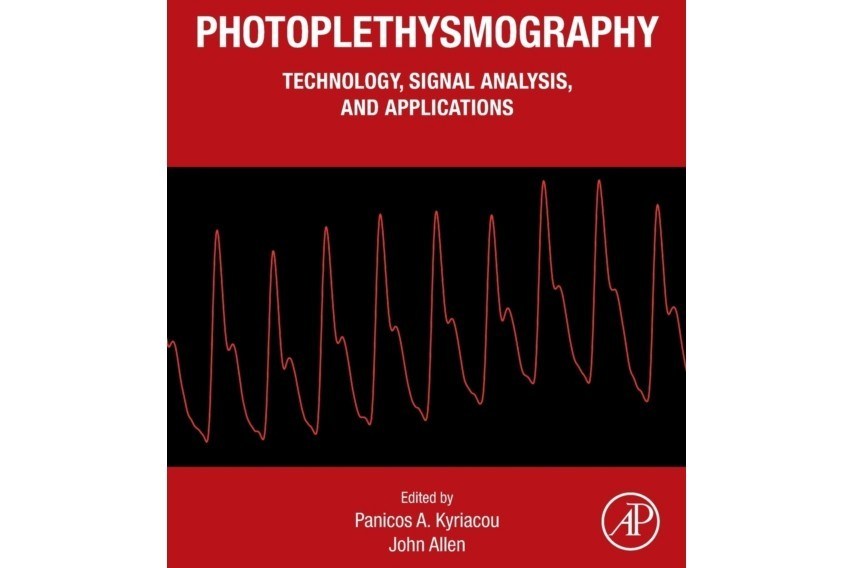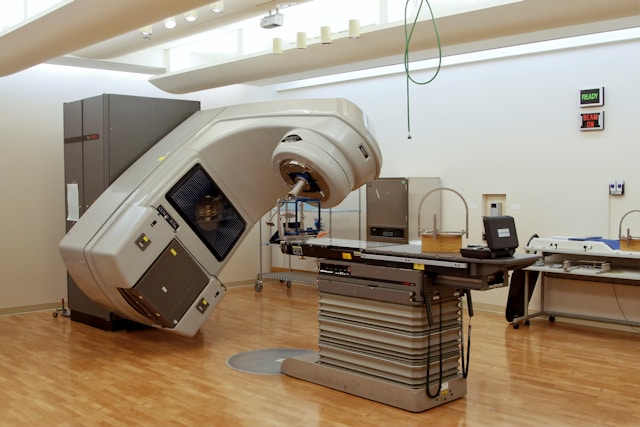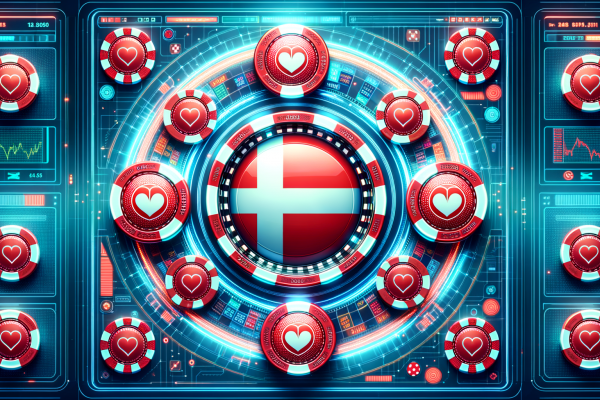Modern medicine relies heavily on a diverse range of bioinstruments for everything from diagnosing diseases to delivering effective therapies. These tools, often incorporating cutting-edge technologies, are revolutionizing healthcare and significantly improving patient outcomes. This article explores various bioinstruments used in contemporary medical practice, highlighting their functions, applications, and future prospects, with a focus on innovative developments and their impact on the quality of medical care.
Diagnostic Bioinstruments
Early and accurate diagnosis is crucial for effective treatment. Bioinstruments play a pivotal role in this area, offering a variety of tools for non-invasive and precise diagnostics.
- Imaging Systems: Technologies like MRI, CT, PET, and ultrasound provide detailed images of internal organs and tissues, enabling clinicians to identify abnormalities and track disease progression. Advancements in these areas, such as high-field MRI and hybrid imaging systems, are further enhancing diagnostic capabilities.
- Biosensors: These compact devices detect and quantify biological molecules, providing valuable information for diagnosing various conditions, including diabetes, infectious diseases, and cancer. Innovative biosensors are being developed for point-of-care diagnostics, offering rapid and accessible testing.
- Endoscopy: Flexible tubes with cameras allow visualization of internal organs, facilitating minimally invasive diagnostic procedures and biopsies. Developments like capsule endoscopy and robotic-assisted endoscopy are expanding the reach and precision of these procedures.
- Electrocardiographs (ECGs) and Electroencephalographs (EEGs): These instruments measure the electrical activity of the heart and brain respectively, providing critical information for diagnosing cardiac and neurological disorders.
Therapeutic Bioinstruments
Bioinstruments are not only essential for diagnosis but also play a vital role in delivering effective therapies.
- Surgical Robots: These advanced systems enhance surgical precision and dexterity, enabling minimally invasive procedures with smaller incisions, reduced recovery times, and improved patient outcomes. Robotic surgery is being increasingly adopted across various surgical specialties.
- Laser Systems: Lasers are used in a wide range of medical procedures, including eye surgery, dermatology, and cancer treatment. Their precision and ability to target specific tissues make them valuable tools for minimally invasive interventions.
- Drug Delivery Systems: These systems control the release of therapeutic agents, improving treatment efficacy and minimizing side effects. Innovative drug delivery systems, such as nanoparticles and implantable devices, are being developed for targeted drug delivery.
- Pacemakers and Defibrillators: These implantable devices regulate heart rhythm, improving the quality of life for patients with cardiac arrhythmias.
- Dialysis Machines: These life-saving devices filter waste products from the blood of patients with kidney failure.
Innovations and Future Prospects
The field of bioinstruments is constantly evolving, with ongoing research and development leading to innovative tools and techniques. Some promising areas include:
- Artificial Intelligence (AI) in Bioinstruments: AI is being integrated into various bioinstruments to enhance diagnostic accuracy, personalize treatment plans, and automate tasks. For example, AI-powered image analysis software can assist radiologists in detecting subtle abnormalities in medical images.
- 3D Printing in Bioinstrumentation: 3D printing is enabling the creation of customized medical devices, implants, and prosthetics tailored to individual patient needs.
- Microfluidics and Nanobiotechnology: These fields are leading to the development of miniaturized diagnostic and therapeutic devices with enhanced sensitivity and specificity.
- Wearable Bioinstruments: Wearable sensors and devices are revolutionizing healthcare by continuously monitoring vital signs and providing real-time data for personalized medicine and remote patient monitoring.

Impact on Quality of Medical Care
The development and application of bioinstruments have profoundly impacted the quality of medical care. These tools have:
- Improved Diagnostic Accuracy: Advanced imaging systems and biosensors enable earlier and more accurate diagnosis, leading to timely intervention and improved treatment outcomes.
- Enabled Minimally Invasive Procedures: Surgical robots, lasers, and endoscopic techniques minimize surgical trauma, reduce recovery times, and improve patient comfort.
- Enhanced Treatment Efficacy: Targeted drug delivery systems and other therapeutic bioinstruments optimize treatment efficacy and minimize side effects.
- Facilitated Personalized Medicine: Bioinstruments are playing a key role in the development of personalized medicine, tailoring treatment plans to individual patient characteristics and genetic profiles.
- Improved Accessibility to Healthcare: Point-of-care diagnostic devices and wearable bioinstruments are expanding access to healthcare, particularly in remote or underserved areas.
Bioinstruments are indispensable tools in modern medicine, playing a critical role in every aspect of healthcare, from diagnosis to therapy. Continued innovation in this field promises to further revolutionize medical practice, leading to even more precise diagnostics, personalized treatments, and improved patient outcomes. As technology continues to advance, bioinstruments will undoubtedly play an increasingly important role in shaping the future of healthcare.




